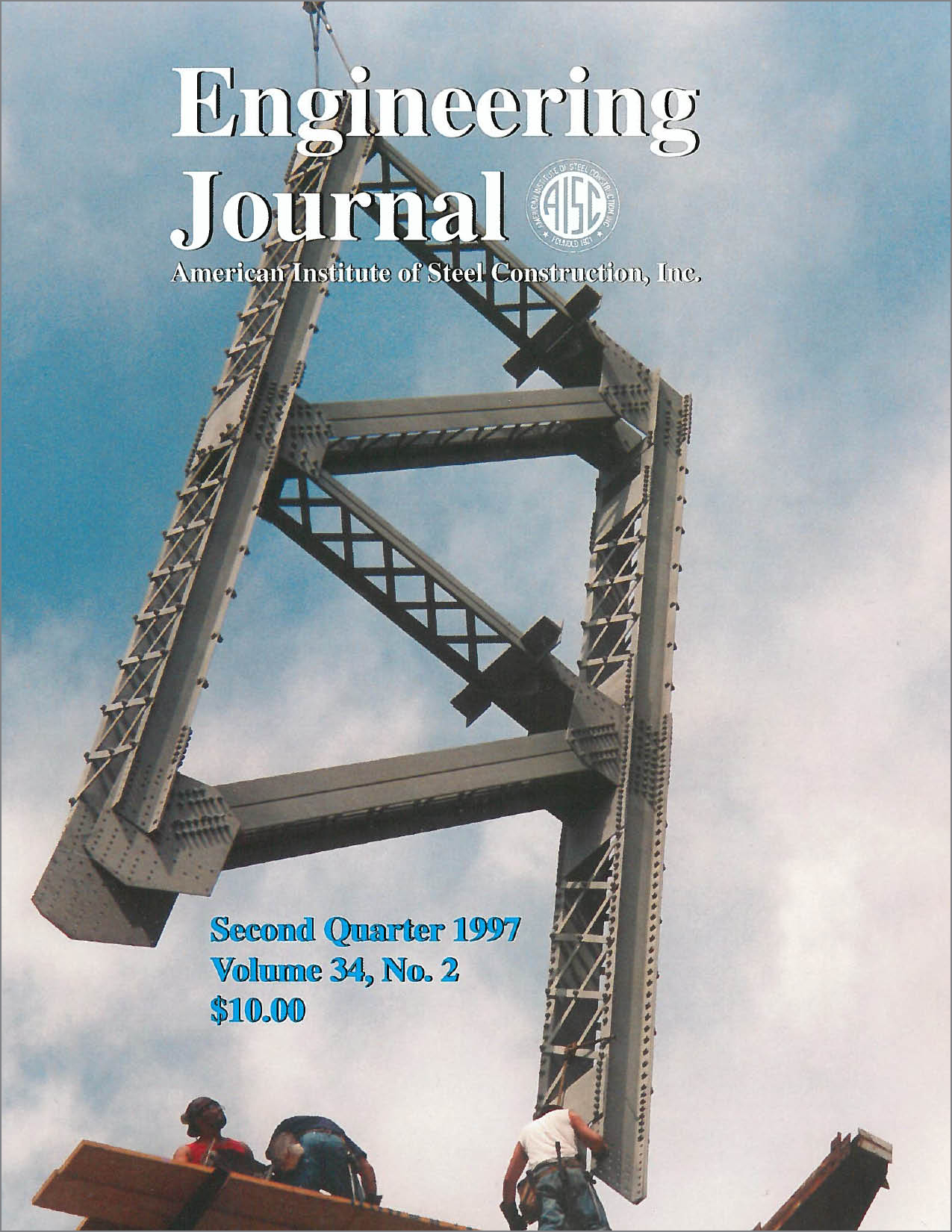The Dogbone: Back to the Future
DOI:
https://doi.org/10.62913/engj.v34i2.680Abstract
The weakening of specific sections of a structure in order to change them into reliable energy dissipative zones in case of an earthquake is an idea which was developed in principle in the 1980s by the author of the present paper. During a research project sponsored by the Luxembourg based steel producer ARBED and the European Union, the idea was tested and validated as concerns its contribution to ductility. Because weakening a structure, even locally, might have negative influences, other analyses were also performed during the same research and later on by David (1990). At that time, ARBED filed a patent on the reduced beam section (RBS) or "dogbone" concept, but, after the Northridge earthquake, waived any licensing fees and claims. This certainly encourages the development of this technique. Research efforts are now being made in many places in the United States to define the best applicability conditions for dogbones, in particular their geometry. In a recent paper in this Journal, Iwankiw and Carter (1996) presented test results based on this idea, whose time has come. In order to further its applications, existing European data, some of which were published by the Commission of the European Community (1992) in the report on the research mentioned above, some published in conference proceedings by Plumier (1990), some unpublished, are presented here.

